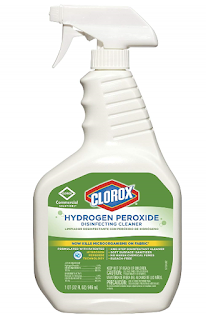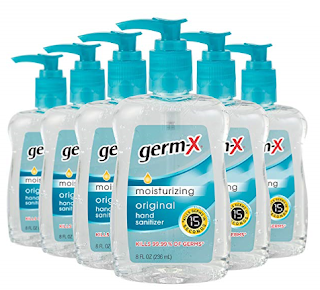Do you use a disinfectant in your classroom?
Do you use wipes to kill
germs on surfaces?
Keeping kids safe in the
classroom is important with the spread of diseases this Winter. Which cleaner
should you use? What is the best disinfectant to use on surfaces?
How to Kill Norovirus in the Classroom
It’s important to take
precautions during cold and flu season. Using a set of disinfectant wipes or
spray in the classroom is necessary. How do you kill the norovirus or other diseases
from surfaces in the classroom?
Desks can be a cause of
spreading germs. Students sneeze, cough, and touch the desk at least forty-five
minutes every hour. How do we as teachers protect the students from spreading
disease?
It’s simple. Ask your
parents to help prevent the spread of disease by collecting donations. Give
parents a donation list with disinfectants on the list.
What disinfectants should parents donate to the classroom?
1. Disinfectant wipes.
Use these wipes to get the best results. They are able to kill the norovirus and are very good quality.
2. Disinfectant spray.
Use the best quality spray that can kill norovirus. This is a great spray bottle that will deliver maximum results. Use with paper towels to spray and wipe down all surfaces in the classroom.
3. Hand sanitizer.
During
cold and flu season greet your students at the door with a bottle. Instead of
shaking their hand, ask them to put out their hands for a pump of hand
sanitizer. It’s a great way to help them stay healthy and clean.
Try one or all of these
healthy tips this Winter cold and flu season. It will help you and your students
to stay well.
Happy Teaching!





























